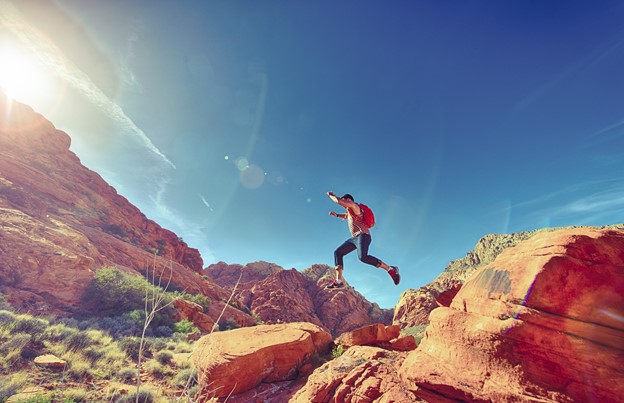When most people think of the great outdoors, they picture a beautiful landscape with rolling hills and pristine forests. However, there is another side to Mother Nature that can be just as dangerous as it is beautiful. If you’re not prepared, you could find yourself in serious trouble while exploring the great outdoors. In this article, we will discuss some tips on how to stay safe while enjoying the natural world. Let’s get started.
Have a Personal Floating Device When in Water
One of the leading causes of death in the great outdoors is drowning. Whether you’re swimming in a lake, river, or ocean, it’s important to have a personal floating device (PFD) with you. A PFD will help keep you afloat if you find yourself in too deep water to stand in.
However, not all PFDs are created equal. It is important to research for the best PFD, depending on the activity you will be participating in. For example, if you’re going to be kayaking, you’ll want a PFD designed specifically for kayaking. The same goes for other activities such as canoeing, fishing, and sailing. Make sure to choose a comfortable PFD that will not impede your movement.
Wear Protective Clothing
Another way to stay safe while enjoying the great outdoors is to wear protective clothing. This includes items such as long pants, long-sleeved shirts, closed-toe shoes, hats, and sunglasses. Wearing protective clothing will help shield your skin from the sun’s harmful UV rays and scratches, insect bites, and poisonous plants.
It is also good to wear brightly colored clothing when hiking or camping. Wearing bright colors will make it easier for rescuers to find you if you become lost. For instance, if you’re hiking in the woods and become lost, rescuers will be able to see you more easily if you’re wearing a bright green shirt instead of a dark brown one.
Carry a First Aid Kit
A first aid kit is an essential item to have with you whenever you’re exploring the great outdoors. A first aid kit can help treat minor cuts and scrapes and more serious injuries such as broken bones and snake bites. Be sure to pack a first aid kit that is appropriate for the activities you’ll be participating in and the number of people in your group.
In addition to a first aid kit, it is also a good idea to have some basic knowledge of first aid and CPR. Knowing how to treat an injury or perform CPR properly could mean the difference between life and death. For example, you have to know how to administer CPR if someone in your group is choking or suffering from a heart attack.
Pack Plenty of Food and Water
It is important to pack plenty of food and water when heading outdoors. Depending on your participating activity, you may find yourself miles away from the nearest town or road. It could be days before someone finds you if something were to happen. That’s why it’s crucial to have enough food and water to last you until help arrives.
When packing food, pack non-perishable items that do not require cooking. This includes granola bars, trail mix, peanut butter, and jerky items. As for water, it is best to bring along a water filter or purifier in case you run out. That way, you can drink from any water source without worrying about getting sick.
Wear Sunscreen
Even on cloudy days, the sun’s harmful UV rays can penetrate through the clouds and cause damage to your skin. That’s why it’s important to wear sunscreen whenever you’re outdoors, even if it doesn’t seem like the sun is out. Be sure to choose a sunscreen with an SPF of at least 30 and reapply it every two hours.
In addition to wearing sunscreen, it is also important to stay hydrated by drinking plenty of water. When your body is dehydrated, it is more susceptible to sunburns. So, if you’re spending a lot of time outdoors, be sure to drink plenty of water and wear sunscreen.
Know Your Limits

One of the most important things to remember when exploring the great outdoors is to know your limits. If you’re not comfortable doing something, don’t do it. For instance, if you’re not a strong swimmer, don’t go swimming in a river or lake. And if you’re not experienced in hiking, don’t attempt to hike up a mountain.
It is also important to be aware of the weather conditions and forecast before heading outdoors. If the forecast calls for severe weather, it is best to stay indoors. Severe weather can include high winds, thunderstorms, hail, and tornadoes.
There are a few things to keep in mind when exploring the great outdoors. Be sure to wear protective clothing, carry a first aid kit, pack plenty of food and water, wear sunscreen, and know your limits. By following these safety tips, you can help ensure that your time outdoors is enjoyable and safe.

